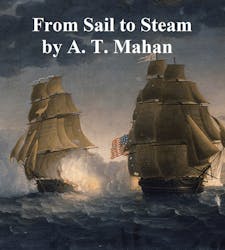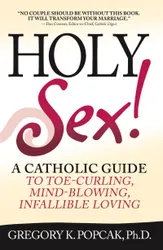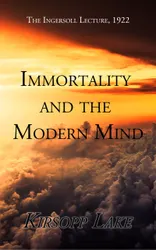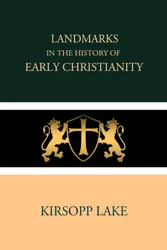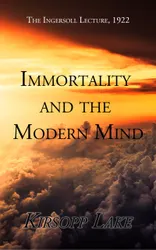INTRODUCTION
The Didache, or Teaching of the Twelve Apostles, is one of the most important discoveries of the second half of the nineteenth century. There are several references in early Christian literature to a book with this or a similar title, and by applying the methods of comparative criticism to documents which had probably made use of it, especially the “Apostolic Constitutions” and the “Church Ordinances” a rough reconstruction of some of its features had been obtained; but it was not known to be extant until Bryennios in 1875 discovered it in the Patriarchal library of Jerusalem at Constantinople, in the manuscript which also contains I and II Clement and is quoted for them as C.
This is the document of which a text and translation is given in the following pages. But the question still remains open how far it truly represents the original “Teaching.” Since Bryennios’ discovery two copies of a Latin version either of a part of our Didache, or of a cognate document have been discovered, and it would now be possible to use at least four authorities for the text of the original “Teaching.” These are:—
(1) Bryennios’ Didache = C.
(2) The Latin version.
(3) The “Church Ordinances” (usually quoted as KO).
(4) The “Apostolic Constitutions” bk. vii.
All these authorities have to be considered in any attempt to reconstruct the original “ Teaching.” Their mutual relations are not clear ; it is possible that Bryennios’ Didache, and the Apostolic Constitutions represent a second recension of the “Teaching” and that the Latin version, KO, and the reconstructed “fifth source” represent, though not in relatively so pure a form, the first recension.
The question may be best studied in Funk’s edition of the Didache, and in Harnack’s Geschichte der altchristlichen Literatur.
Besides this there is a further question: it is clear that the Didache or “Teaching” was itself a composite document, and the first part is always known as “The Two Ways,” A moment’s comparison shows that this part is closely connected with the last chapters of the Epistle of Barnabas. The problem therefore arises whether Barnabas used the Didache (or the original “Teaching”), or the Didache used Barnabas, or both used a common source. The matter is not clear, but probably the majority of scholars incline to the last view, and many think that the common source,—the original “Two Ways” was a Jewish pre-Christian document, used for catechetical purposes, perhaps especially among Proselytes.
The chronology of this complex document is very obscure. The original ‘‘Two Ways” may be early first century or even earlier. The original “Teaching” is probably early second century, or possibly earlier, and the second recension of the “Teaching,” represented by C, can scarcely be later than the second century, though it is possible that a few phrases in C may represent textual accretions.
As it stands the Didache may be described as a manual of Church instruction. The first part, “The Two Ways,” is a statement of the principles of Christian conduct, which is to be taught to catechumens before their baptism (chaps, i-vi); then follows a series of instructions as to the practice of Christian worship. Baptism, Fasting, the Eucharist, the discrimination and treatment of Apostles and Prophets, the Worship on Sunday, Bishops and Deacons (chaps, vii-xv); finally a short statement of the eschatological hope is appended for the warning and encouragement of Christians.
The text given in the following pages is that of C (published in photographic facsimile by Dr. Rendel Harris). The very few necessary corrections (except obvious mistakes) have been noted at the foot of the page.



